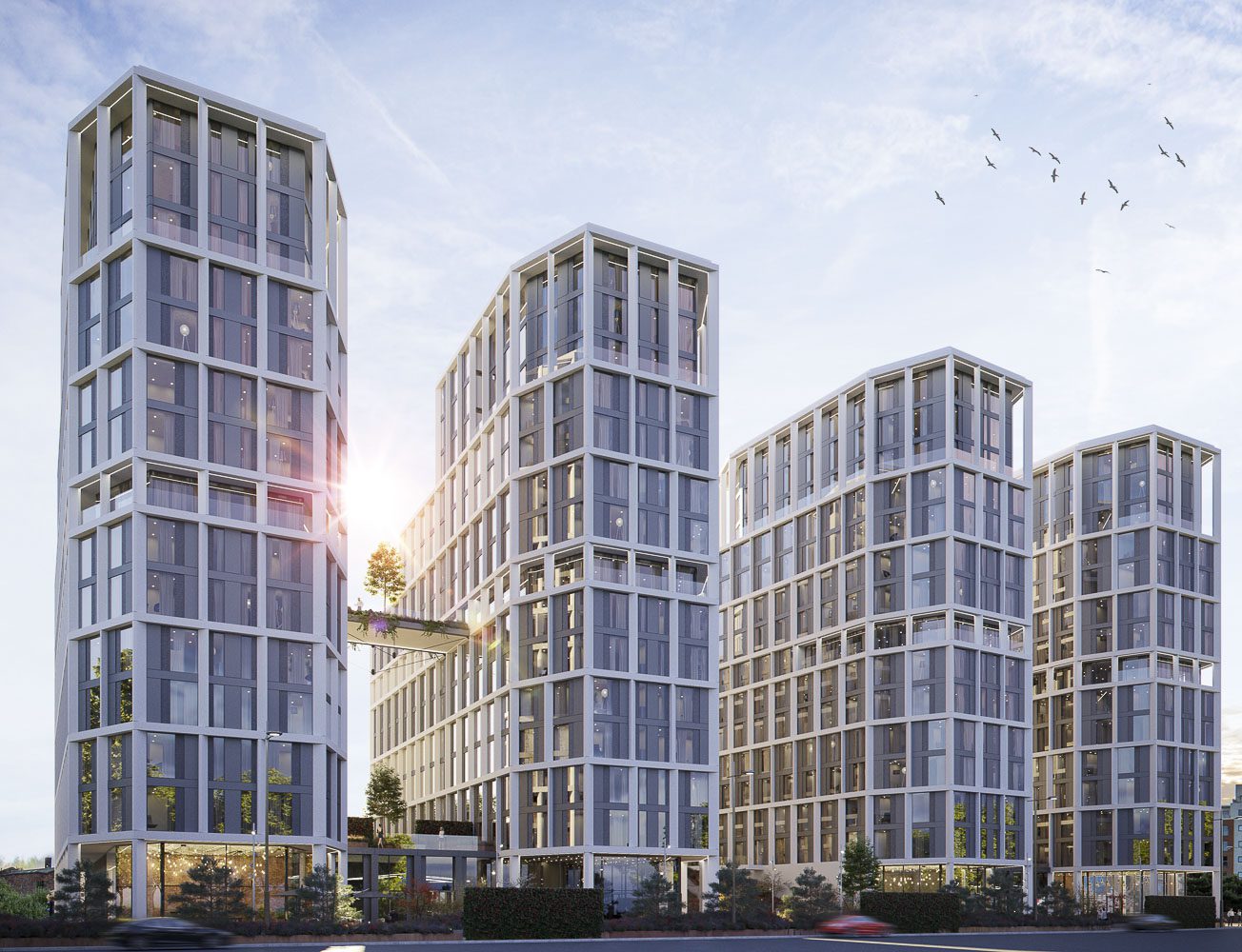According to the insights from Fisher German, both the commercial and residential markets have seen a shift towards the regeneration of older, historic buildings to transform them into new homes instead of constructing brand-new developments on the land from scratch.
These regenerated buildings see reduced carbon footprints compared to the older, undeveloped ones and a quicker turnaround time on completion compared to new-build developments. This could be particularly advantageous for property investors, as it allows their property to become available to tenants sooner than with new-build or off-plan developments.
Chares Warrack, a partner at the firm, said: “Sites like this, where historic buildings can be converted and new buildings created, offer the best of both worlds to buyers, assuming consent has been secured. It is often more energy-efficient to work with what you have rather than building it from the ground up.
“However, the scope to also build on-site alongside a conversion gives a buyer a chance of additional income after they have finished their renovation on the existing building. When borrowing and the cost of materials improve, we expect demand for these kinds of opportunities to rise significantly.”
Warrack also says that many developers will likely pay a higher premium for sites with pre-existing change-of-use planning permission or those with permission to build further units on existing land. With the ongoing planning backlog, this could be lucrative for developers as sites such as these could offer “ready-made deals”.
He added: “While regenerated buildings and sites with consent for changes have always been more desirable, we are seeing this demand increase as 2024 begins, and we think it will only increase further when borrowing costs come down.
“In the past, conditional offers subject to gaining permission may have been suitable for particular sites, but now it is almost always worth it to get that change-of-use permission first. The time and money needed to secure consent is almost always paid back from the sale.”
Read More: Want to invest in off-plan property? Take a look at our recent insights to uncover the latest buy-to-let costs and how to get into real estate investing!


















